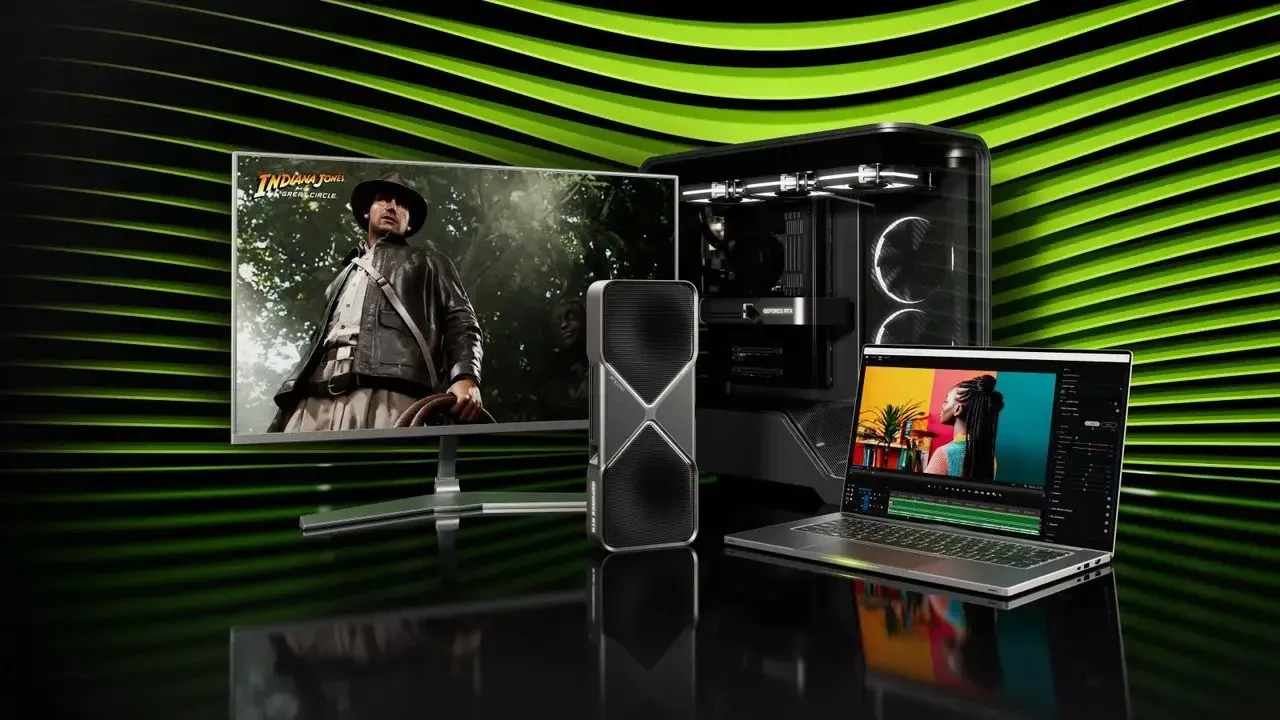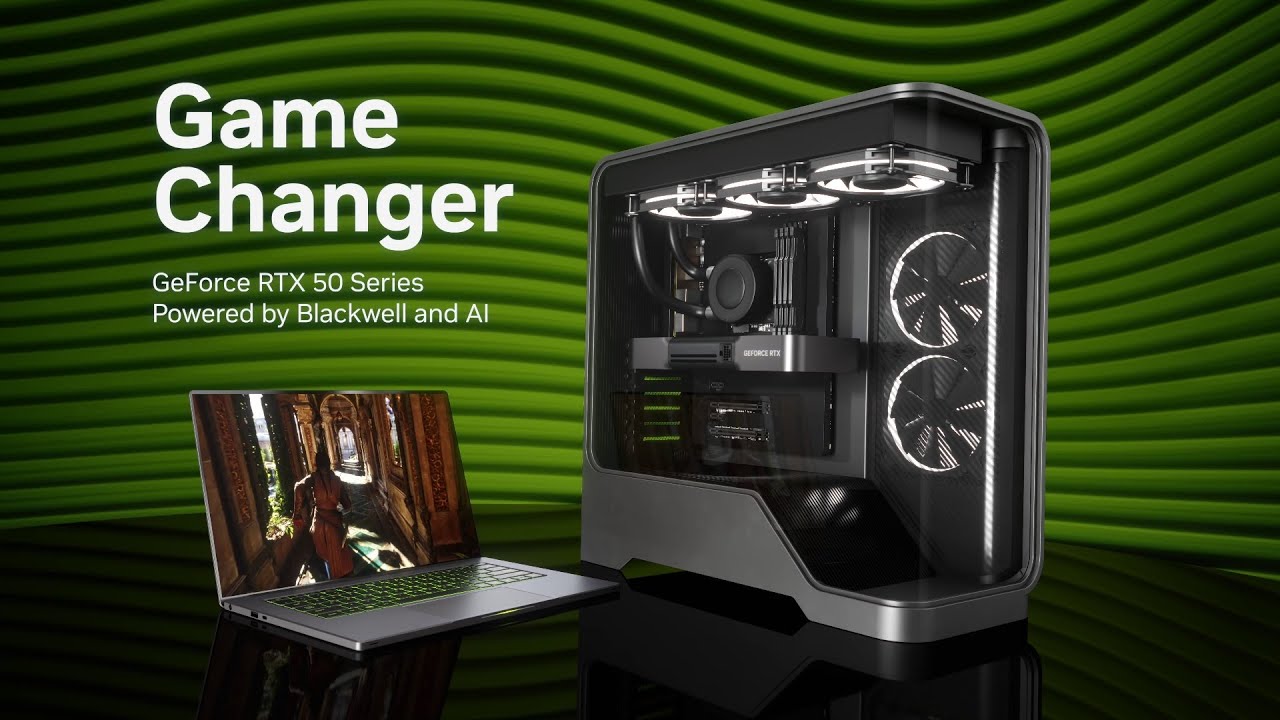
Nvidia announced the GeForce RTX 5050 as new midrange alternative
When budget meets ambition, magic happens. Enter NVIDIA’s new GeForce RTX 5050—a card that brings the full Blackwell treatment (AI, ray tracing, DLSS 4) to anyone upgrading from a GTX 16-series or aging first-gen RTX.… Nvidia announced the GeForce RTX 5050 as new midrange alternative



